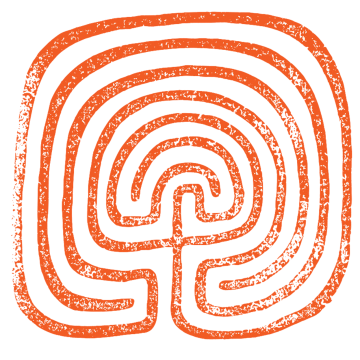

Symphony No. 1 "Book of Hours"
Symphony No. 1 "Book of Hours" (2009) - 24'
-2222 2200 Timp Strings, Soprano Solo
-Commissioned by the Vermont Symphony Orchestra
-Premiered January 2010 with Allison Sanders, soprano
Rental information
Program Listing
Symphony No. 1 "Book of Hours" (2009)
I. Matins & Lauds: "...and for everything which is natural which is infinite which is yes"
II. Prime: "I live my life in growing rings..."
III. Terce: "If my memories were sand with every wave they'd start anew"
IV. Sext: "The winds have died, but flowers go on falling..."
V. None: "What today descends wearily down, will lift itself tomorrow born anew."
VI. Vespers: "And the light shineth in darkness; and the darkness comprehended it not."
VII. Compline: "ufros aleinu sukat sh'lmoecha..."
Program Notes
A thousand years ago, you would find a “Book of Hours” in many homes. It was an illuminated prayer book, helping the reader keep God in mind during the hours of the day with prayers, psalms, and biblical excerpts. Some were quite simple, with modest illustrations and text. Others were luxuriously decorated and adorned in gilt illumination.
I think about the importance of prayer in our lives–more as a function of hope than as of a religious expression, even though that is its principal source. Prayer is common to all societies and to people in all walks of life, in some form or another. There are basic kinds of prayer: supplication, exaltation, those that show our humility, and those that ask for great things from the ether. But whatever the purpose, all prayer unites us as human beings. As we seem to perilously catapult into the 21st Century, I decided that my first symphony should be like a contemporary Book of Hours; a kind of musical “magical realist’s” take on what this prayer book would look like today, and ultimately, a reflection of hope.
Taking my musical cues from the form of a traditional “Book of Hours,” I set the piece in seven movements from the Liturgy of the Hours that the Book helped to maintain. I then chose accompanying poems from different times, places, and cultures to inspire the piece. Some are religious meditations, while others are taken directly from scripture. Others, still, are modern invocations of desires or dreams. And so, as the times of day are kept in these poems–from the early morning and bright breaking of dawn to the black of night–so too does my own Book of Hours take the journey from brightness to darkness over the course of its twenty five minutes.
The first movement, informed by the Cummings poem “i thank You God for most this amazing”, opens with the idea of the quiet solitude before dawn, represented in orchestral unity. This unison motive introduces each movement, one way or another, throughout the piece, but is not fully realized until the very end. After the brightness of the first movement are the hopeful sentiments of Rilke’s poem from a collection of his early works–also called “The Book of Hours.” Rings in the shapes of the music reflect the importance of the rings in his life-affirming words. The third movement is more contemplative, as is the poem “Sand,” by the wonderfully gifted Persian-American writer Sara Goudarzi. A bell is heard in the opening of the piece to bring the listener into focus on the words; string chords wash over each other in the background while a solo cello wanders through the music.
The fourth movement uses the words of Zen poet Ryokan as a departure point to invoke the driving sound of Japanese taiko drumming (with slight adjustments made to the timpani!). This is a transition to the looming darkness of the fifth: an orchestration and arrangement I have made of Schumann’s “Twilight”–itself a setting of poem by his contemporary Joseph Eichendorff. This darkness descends into a kind of madness in the sixth movement, which is a frenetic fugue inspired by the words from the opening of the Gospel of John. At the end of the movement, the music plunges finally into chaos.
